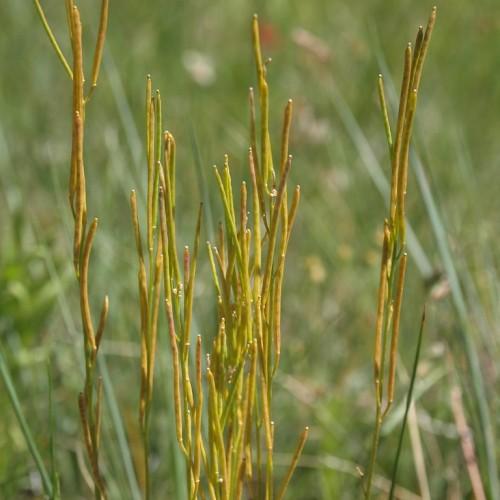
Eschscholtz's Rockcress
Arabis eschscholtziana
Watering:
Average
Hardiness Zone:
Flowers:
Flowers
Sun:
full sun,part shade
Fruits:
Fruits Ready In Summer
Leaf:
Yes
Growth Rate:
Low
Drought Tolerant:
Yes
Salt Tolerant:
Yes
Care Level:
Moderate
watering
Sanddune Rockcress (Arabidopsis lyrata subsp. petraea) should be watered moderately in the late spring or early summer. Water deeply when the soil is dry, usually about once every 2 weeks. Make sure the soil is allowed to dry out in between waterings. Too much water can cause root rot. During the growing season, keep the soil consistently moist but be careful not to over-water. In the winter, water much less, typically only once per month or less. If the plant is kept indoors, then water even less since indoor air tends to be more dry. Also provide Sanddune Rockcress with a humid environment by misting the leaves once a week.
sunlight
Sanddune Rockcress typically prefers full sunlight, which should be provided for at least 6 hours a day. In the northernmost parts of its range, Sanddune Rockcress can survive with as little as 3 hours of direct sunlight per day during the peak summer months. During the winter, it requires more light and should be able to receive between 5 and 6 hours per day.
pruning
Sanddune Rockcress is best pruned in late summer to early fall when the plant is no longer in active growth. Pruning should be done selectively and lightly. This means that only a small portion of the older stems should be removed and the younger, more vigorous stems should remain intact. This will stimulate the plant to produce new branches, flowers, and foliage. As well as pruning, removing dead, diseased, or damaged stems and leaves will help to maintain a healthy plant.
